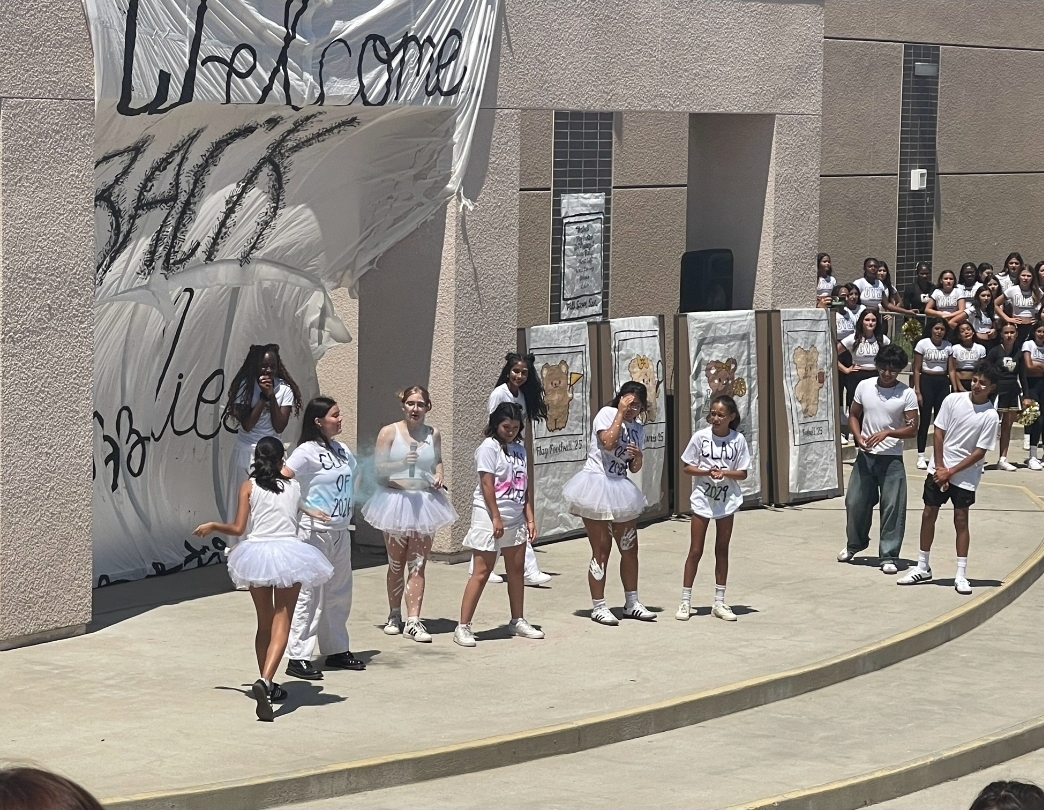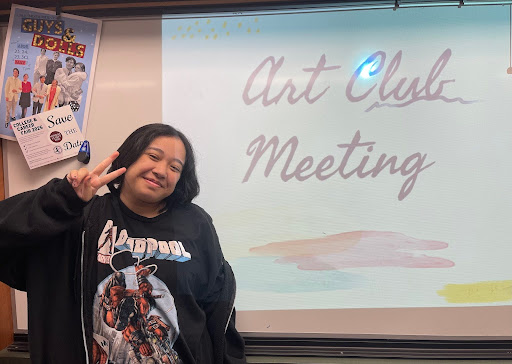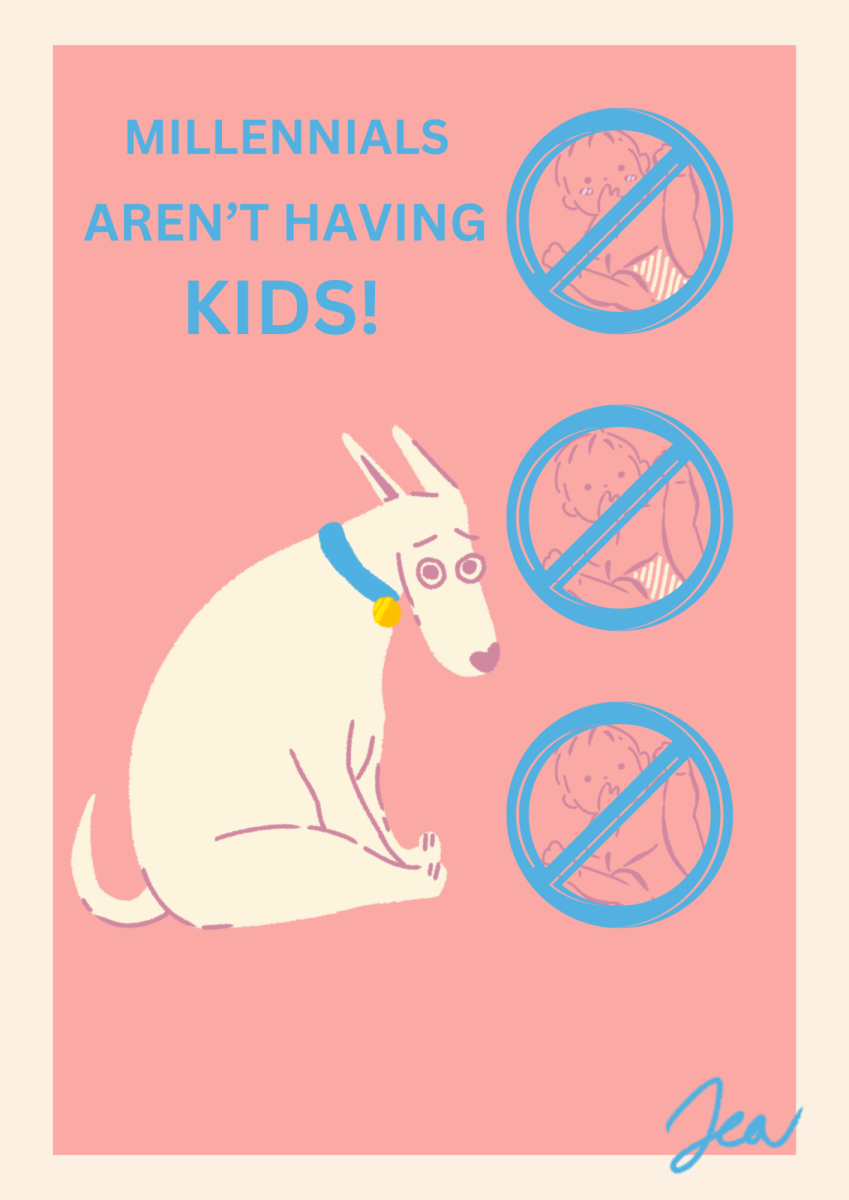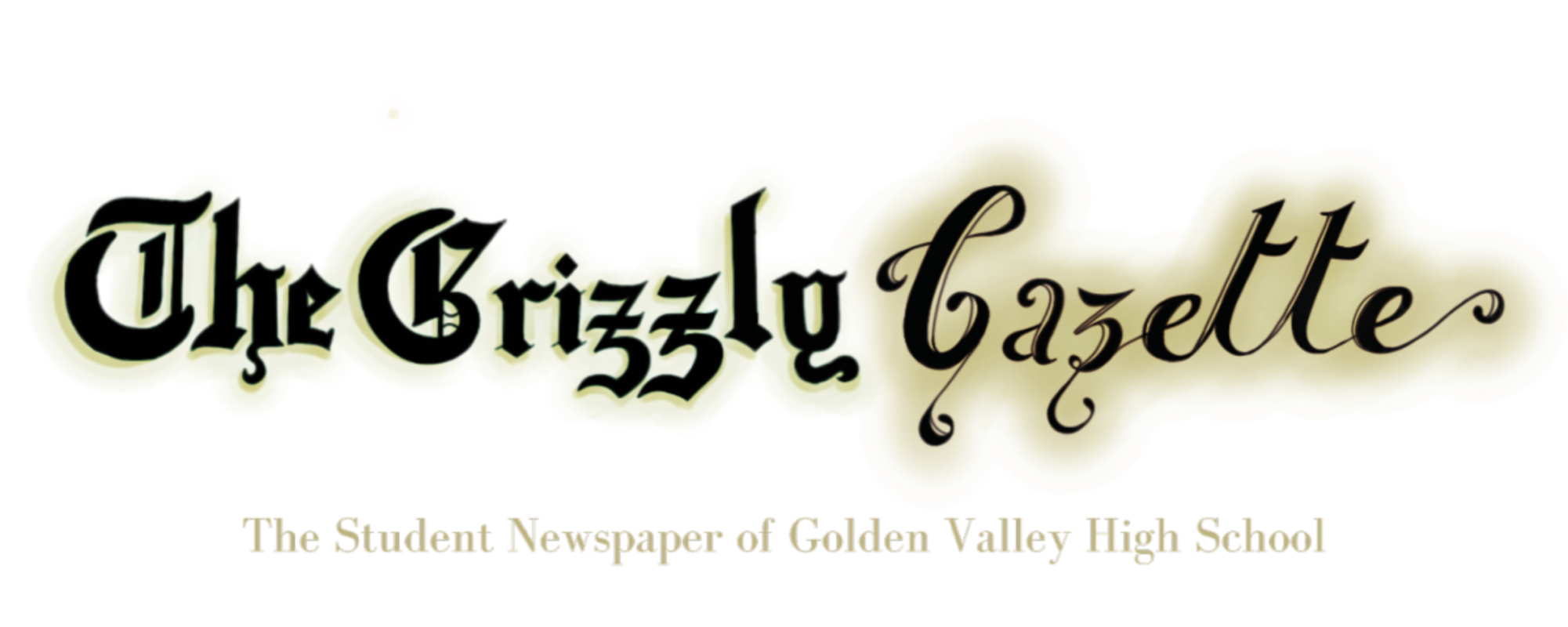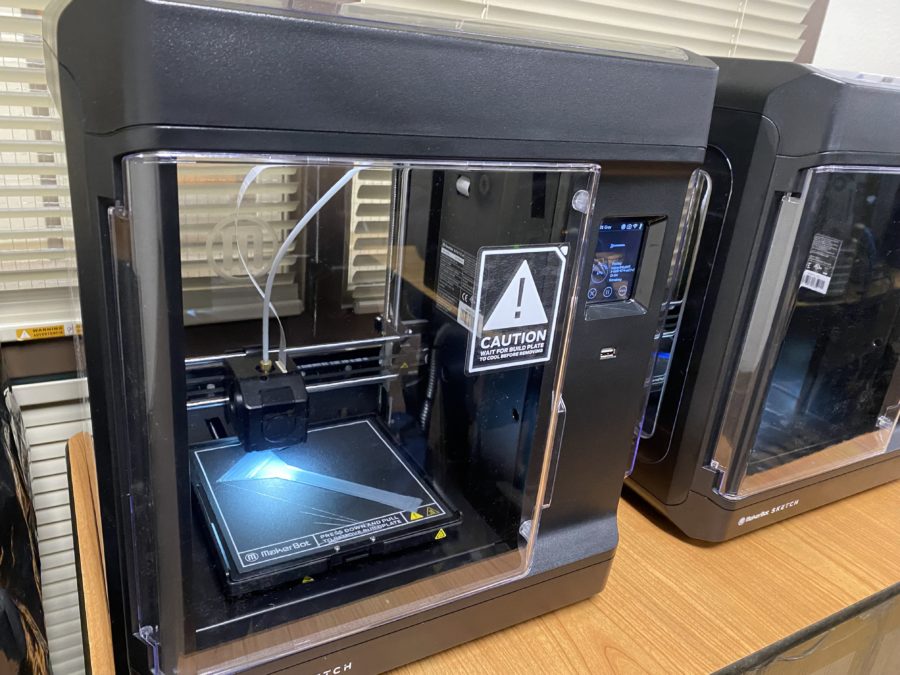3D Printing Arises: Golden Valley’s STEM Legacy edit
The 3D printers new to Golden Valley.
The STEM curriculum at Golden Valley is currently being improved via 3D printing, which also encourages students to study the fields of engineering and design.
The school’s 3D printing lab, which features a number of 3D printers and a variety of beginning design software, has emerged as a center for creativity and invention. Students can now test their innovations quickly and affordably by building prototypes of their ideas.
The 3D printing lab has grown to be a crucial component of the school’s STEM curriculum, according to Mr. La Rue, who assisted in the initiative’s inception “We have the software configured to essentially transfer the designs from the software to the printer as we experiment with the software we will employ”. La Rue also mentions that “They are biodegradable, the material is a plant-based protein, that is environmentally friendly and does not break down after 80 years.”
The printed materials can be taken home by the kids, according to La Rue, who added, “I encourage that, but I prefer if students create or modify a design that interests them.”
The 3D printing facility has been used by neighborhood businesses and entrepreneurs who are keen to leverage the school’s cutting-edge technology for their initiatives, in addition to assisting students with their projects and designs.
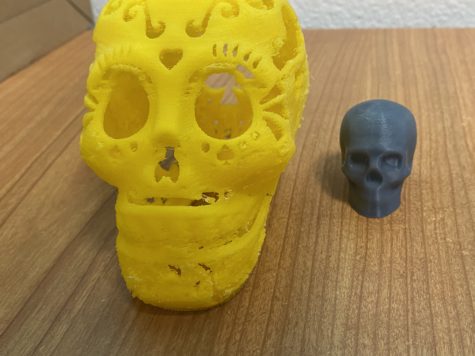
Educators and corporate leaders alike are becoming more and more aware of the immense potential that 3D printing technology holds for promoting innovation and creativity at every level. In order for schools to stay current, they should invest in this technology.
High school students can learn and explore the subjects of science, technology, engineering, and math (STEM) with the use of 3D printing. It has many advantages that can help students develop their critical thinking, creativity, and problem-solving abilities while improving their comprehension of diverse scientific and technological topics.
For high school students, one of the main benefits of 3D printing is the chance to materialize their ideas through the creation of tangible objects. Making prototypes can be very time-consuming and expensive with conventional production methods, but 3D printing removes many of these obstacles and enables students to realize their designs fast and cheaply.
Students can engage in practical learning activities using 3D printing that are closely related to applications in the real world. They are able to create and print
They can design and print parts, devices, and components used across various industries such as medical, aerospace, automotive, construction, electronics, and jewelry.
Additionally, 3D printing can help high school students explore their creativity and design-thinking skills. The 3D modeling software used to create designs is relatively easy to learn, and students can experiment with various designs, shapes, and dimensions they have previously only seen in textbooks or computer simulations. This experimentation can help them discover creative solutions and approaches to solving problems.
Though, this may be used to create a new class for engineering. This could lead to certifications or more advanced courses in College of the Canyons for the CAD (computer-assisted design) classes. In the 3D printing lab, you can print your request if you have the files.
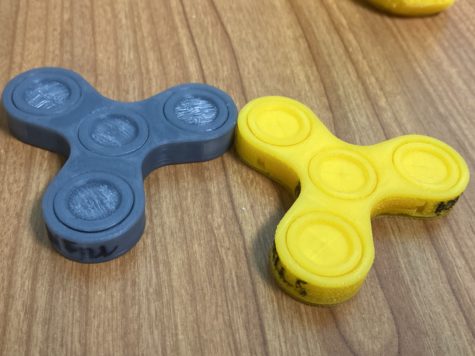
Some easily accessible files can be found on Thingiverse, or you can make your own on TinkerCAD for free on a basic educational platform.
3D printing offers tremendous benefits for high school students that help them gain valuable hands-on learning experiences, develop problem-solving and critical thinking skills, and explore their creativity, which any student can take part in or access today.

Alexandra Abdo, a senior taking part in the journalism program at Golden Valley High School. Alexandra is managing editor overlooking and leading the marketing, communications, digital, and student submissions team. Other than her leadership position she also enjoys writing many various topics such as CLORG news, political breaking news, and other opinion pieces. Alexandra really values awareness, especially cultural awareness as she finds that being aware of what is happening outside of our own little bubble is crucial for personal and community success and growth. Based on her personal experiences, she feels that being in the newspaper gives her the opportunity to raise awareness that she is truly passionate about and that she feels people do not pay attention to. Alexandra had been a part of Golden Valley since freshman year and has found many programs and institutes in Golden Valley that takes leadership in. She found her passion for debate and uses that passion to participate in...
